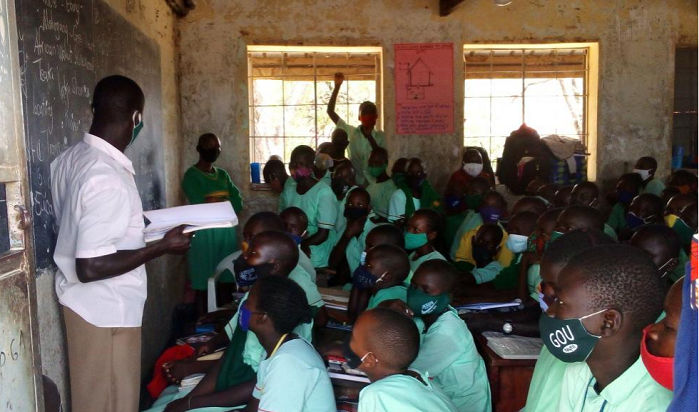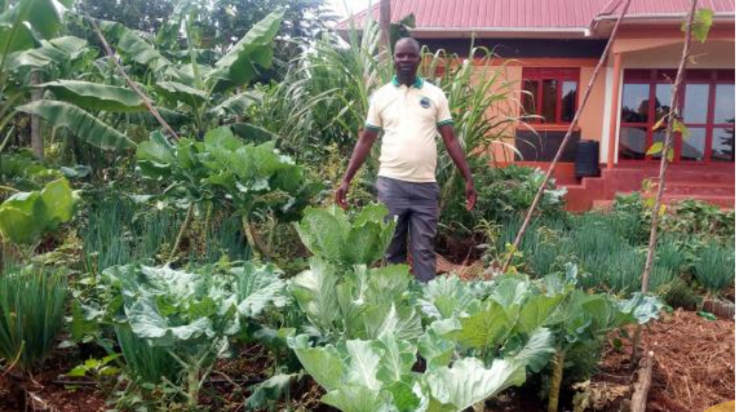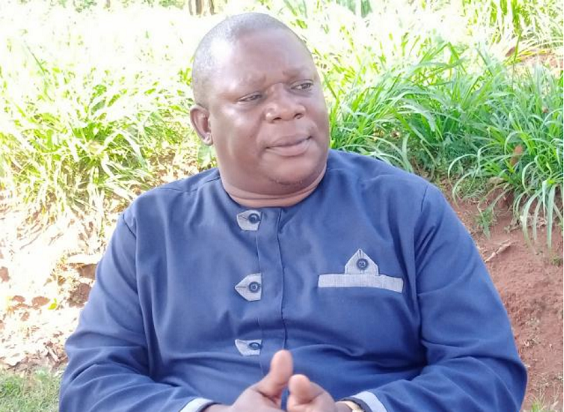UNICEF says all children should benefit equally from education
Children from the poorest households benefit the least from national public education funding, according to a study by the UN Children’s agency-UNICEF.
The report shows that the poorest 20 per cent of learners benefit from only 16 per cent of public funding for education, while the richest benefit from 28 per cent. Among low-income countries, only 11 per cent of public education funding goes to the poorest learners, while 42 per cent goes to the richest.
The report – Transforming Education with Equitable Financing – looks at government spending from pre-primary through tertiary education and examined government spending across 102 countries including Uganda.
The report calls for more equitable investment if millions of children are to be lifted out of a learning crisis. In it, it’s noted that just a one percentage point increase in the allocation of public education resources to the poorest quintile of learners could potentially lift 35 million primary school-aged children out of what UNICEF called learning poverty.
Commenting on the findings, UNICEF Executive Director Catherine Russell, said many education systems around the world are investing the least in those children who need it the most which show that countries are failing children.
“Investing in the education of the poorest children is the most cost-effective way to ensure the future for children, communities and countries. True progress can only come when we invest in every child, everywhere.”
Government spending across pre-primary, primary, secondary, and tertiary education was examined and it was established that a one percentage point increase in the allocation of public education resources to the poorest 20 per cent may pull 35 million primary school-aged children out of learning poverty.
The study noted that around the world, public education spending is more likely to reach learners from wealthier households in both low- and middle-income countries. The gap is most pronounced among low-income countries whereby learners from the richest households benefit from over six times the amount of public education funding compared to the poorest.
In middle-income countries, the richest learners in places like Côte d’Ivoire and Senegal receive around four times more public education spending than the poorest. Though the gap is smaller in high-income countries, with the richest usually benefitting from 1.1 to 1.6 times as much public education spending as the poorest, France and Uruguay fall at the higher end of the gap.
According to the report, children living in poverty are less likely to have access to school and drop out sooner. In addition, children from poor households are less represented in higher levels of education, which receive much higher public education spending per capita. They’re also more likely to live in remote and rural areas that are generally underserved and on the wrong side of the digital divide.
Other findings from the report include the fact that in one in ten countries, learners from the richest households receive four or more times the amount of public education spending compared to learners from the poorest households in 10 per cent of countries.
Now, the report sets out four key recommendations for countries which include unlocking pro-equity public financing to education, prioritizing public funding to foundational learning in addition to monitoring and ensuring equitable education aid allocation in development and humanitarian contexts.
They also recommend investing in innovative ways to deliver education.
-URN





